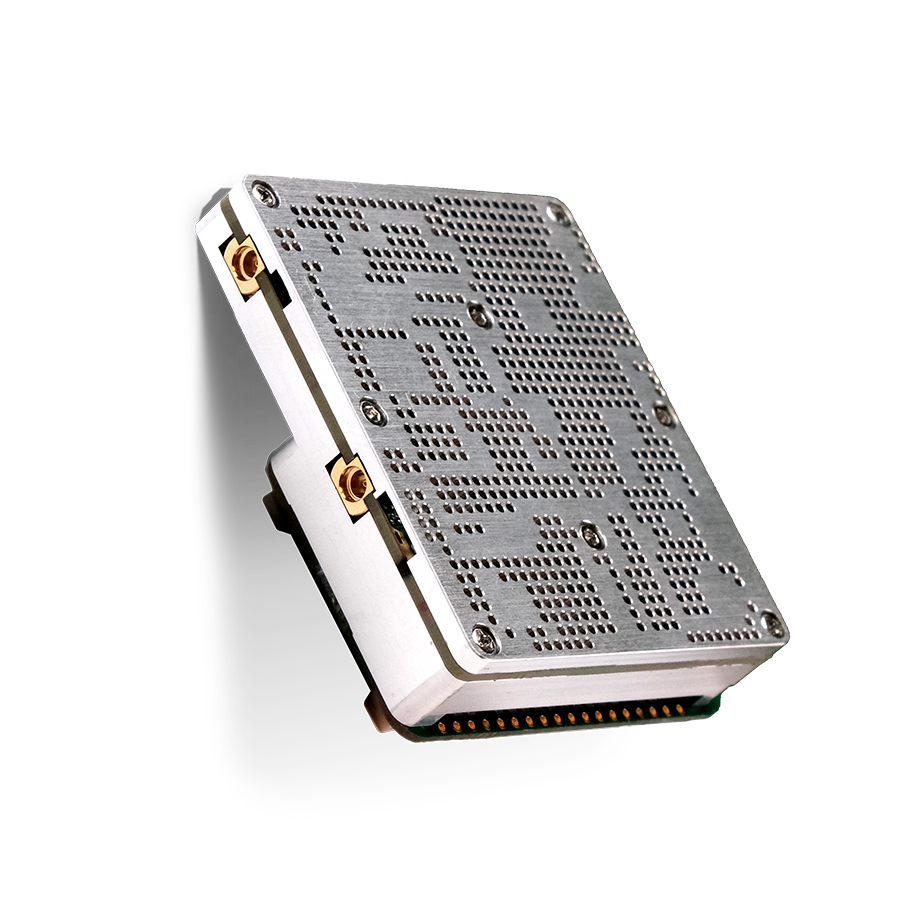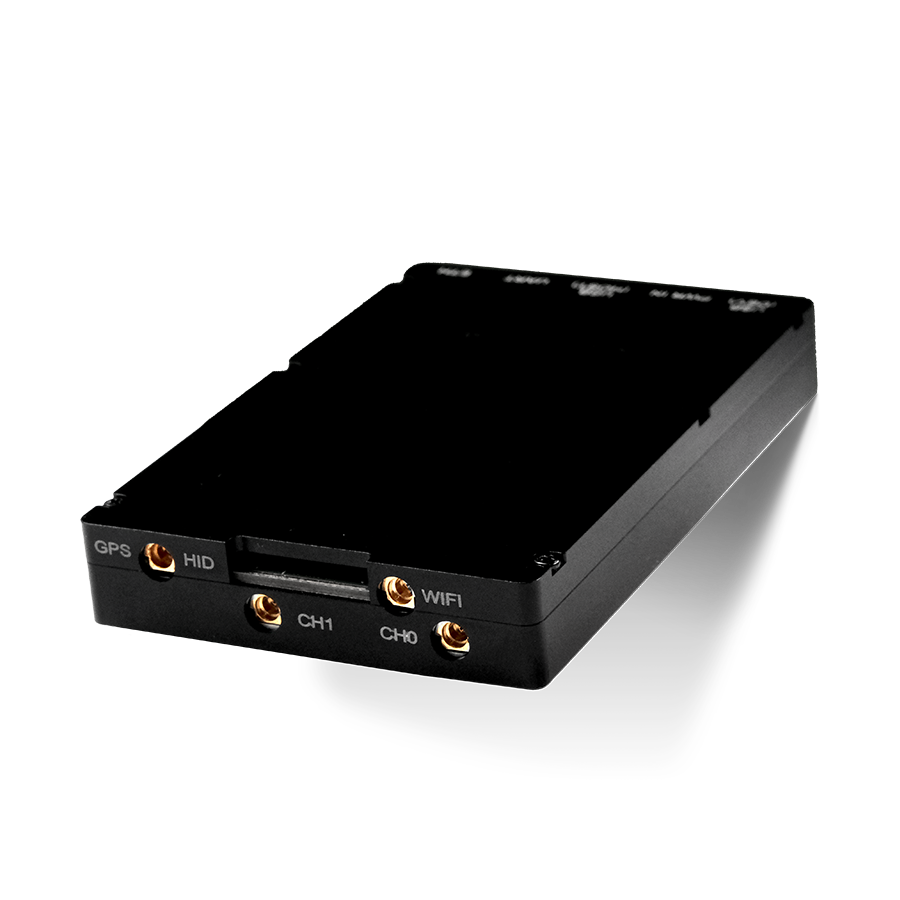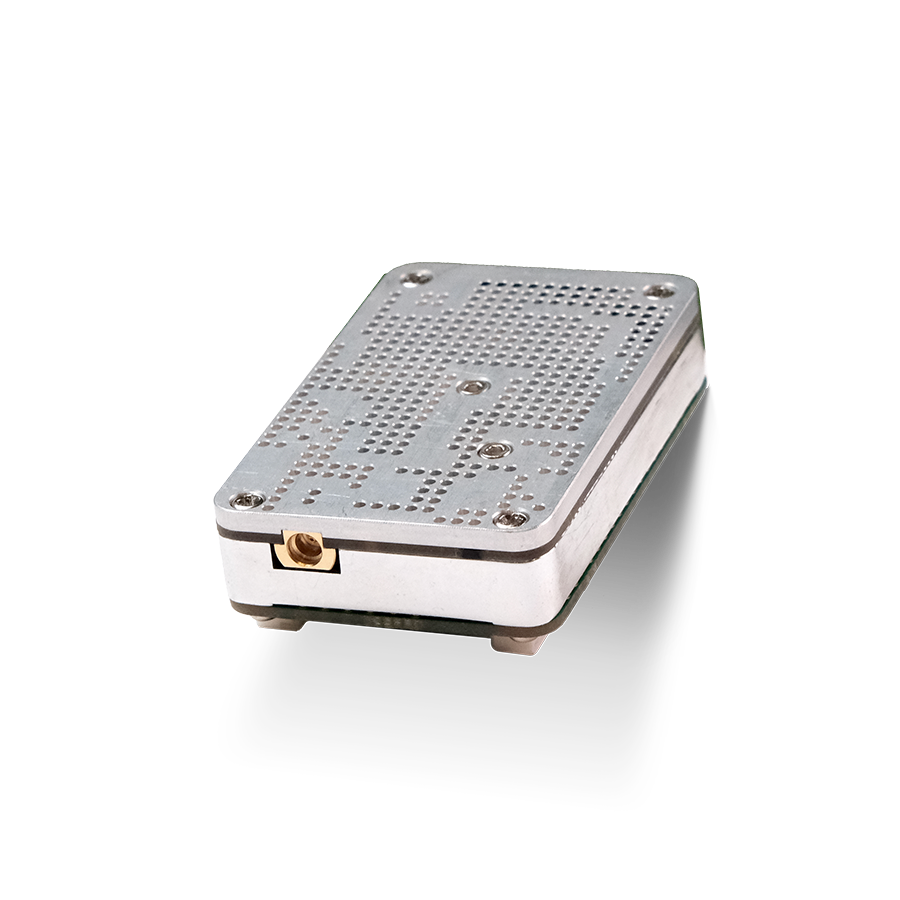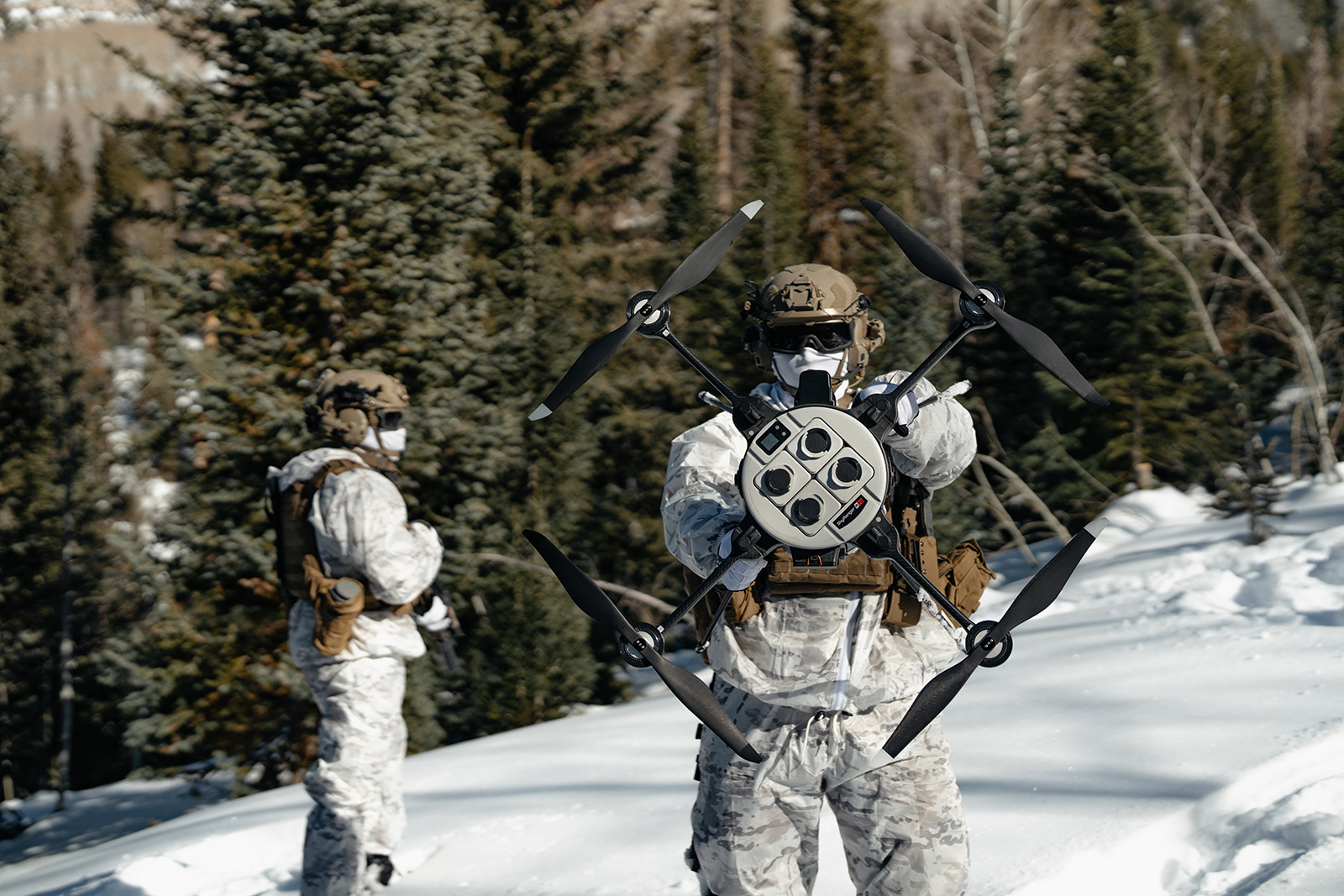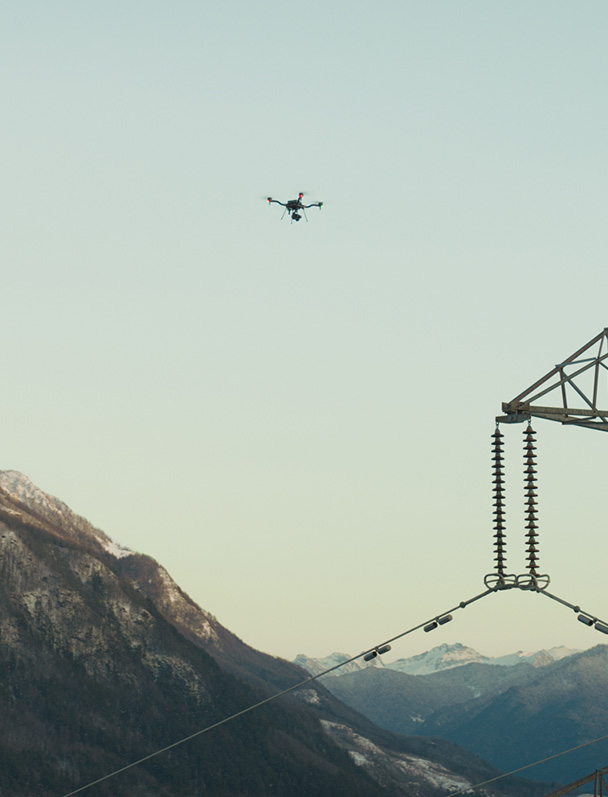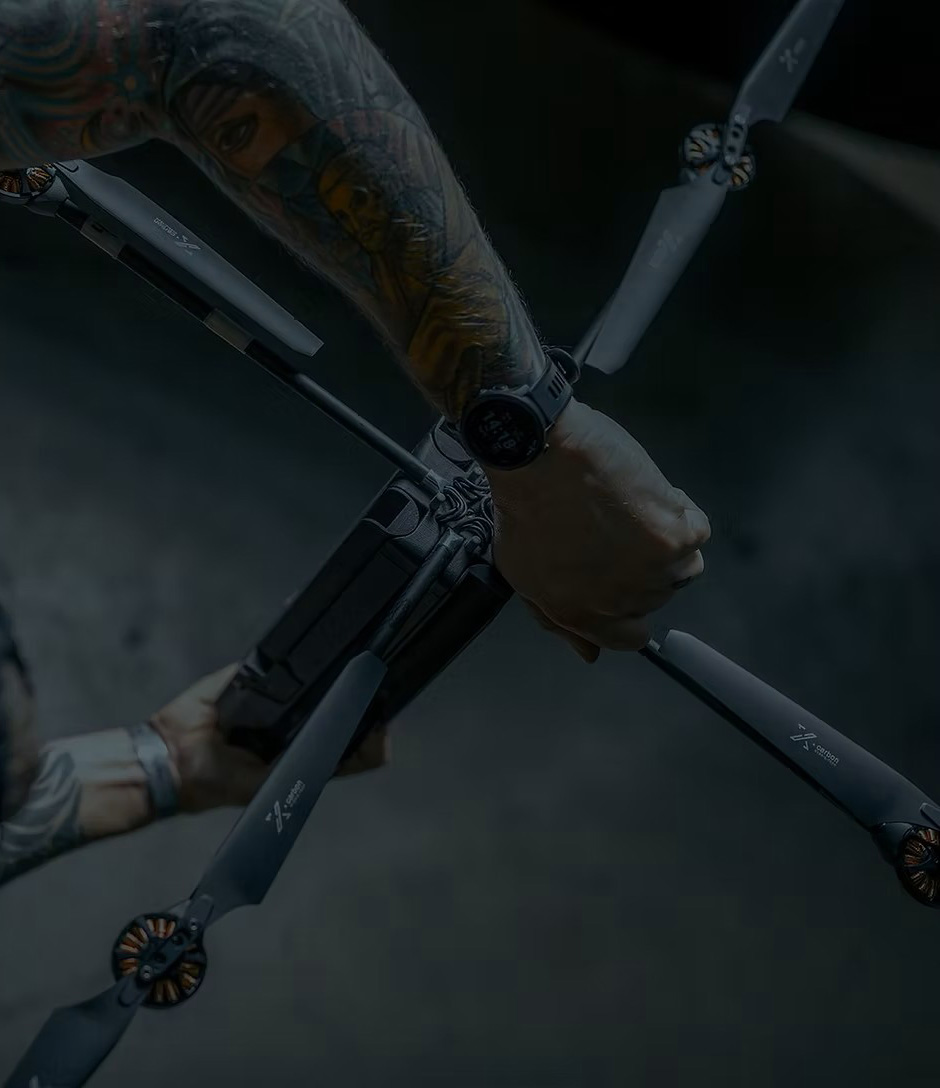Deforestation is the second leading cause of climate change, and is the source of approximately 24% of greenhouse gas emissions. Combating deforestation has been identified as one of the most promising and cost-effective ways of lowering emissions.
DroneSeed, a drone company in the US has developed a proprietary drone to replant deforested areas. Their advanced drone is capable of flying deep into austere environments that are hard to reach for humans and trucks. They plant trees by flying at low altitudes and precisely firing seedlings into the ground.
DroneSeed turned to Doodle Labs to enable the communications architecture for their entire fleet when all other options were unable to maintain the data link over the required distances, and other high-power radios were both too expensive and too heavy to be viable.
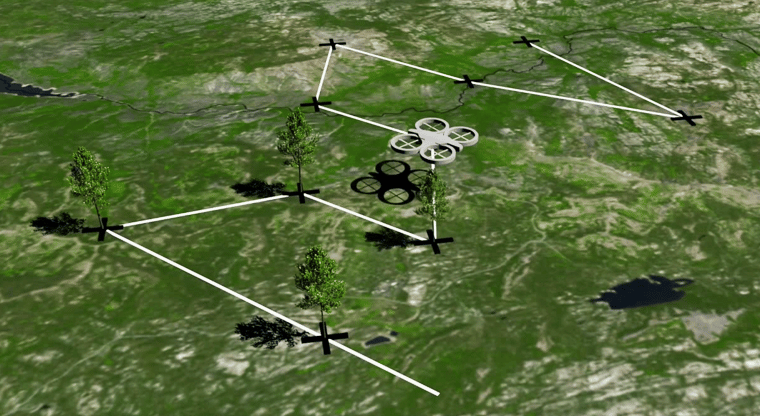
Business Challenge
Developing a drone that could fly to extremely hard to reach and often treacherous environments, including over wildfires, was just the first challenge for DroneSeed. Maintaining a reliable data link between multiple fliers to coordinate complex, precise missions was the second.
Their drones scout burned areas, mapping them to a centimeter’s accuracy using LIDAR. Using that topographical map they then identify where to plant the trees based on where they would be most successful, while maximizing for planting density. They then deploy their swarm of up to 5 drones to autonomously flow low over the mapped area and fire proprietary packets containing seedlings into the pre-determined locations, called “microsites.”
To perform the various services they offer, which include surveying and monitoring using high-resolution LIDAR and video, fumigation, and, of course, tree planting; DroneSeed needed a communication architecture that worked reliably at distance, did not rely on cell service as that isn’t available in the regions that they operate, and allowed meshing capabilities among their fleet of drones.
After trying many radios, the drones struggled to attain the required range of at least 3 miles line-of-sight and throughput to dependably stream LIDAR and HD video. For the radios that could meet these performance requirements, they do not meet the size, weight and power (SWaP) requirements for DroneSeed’s prosumer aerial vehicles to be able to successfully complete their missions; high-SWaP components take a huge toll on battery life and therefore signficantly reduce flight times. Additionally, many of these high-SWaP radios cost tens of thousands of dollars, which is out of budget for most non-military applications.
Solution
DroneSeed’s engineers tested the Pro version of the Mesh Rider Radio, RM-915-2H-PS
To validate testing, they needed to ensure that their drones were able to maintain connectivity of at least 57 Kbps or faster speeds at a maximum distance of 3 miles. At that distance, the Mesh Rider Radio Pro version has a data rate up to 22 Mbps (and the higher end Mesh Rider Radio Xtreme goes up to 65 Mbps at the same distance).
It had been flagged at the time of testing that, due to resource constraints, if integration of the radios proved too challenging, the project would be postponed to the following year. Shortly after receiving the radios, the DroneSeed team reported back the successful testing of the radios citing the ease of integration and the thoroughness of the supporting documentation. They decided to perform a full-scale integration test with additional units to test the desired ground control/antenna mast/multi-vehicle configuration that they would use for commercial operations.
With the overwhelmingly promising outcomes with the new radios, their team was excited about the new possibilities enabled by the extra network overhead.
Results
With the Mesh Rider Radio exceeding the requirements for their communications architecture, DroneSeed decided to outfit their entire fleet, including retroactively installing the radios into older drones.
With its form-factor compatibility, the Mesh Rider Radio can be swapped to operate at any frequency required by their customers, whether they are government agencies, NPOs, or private landowners.
Doodle Labs is proud to partner with this exciting company and to support their mission of fighting climate change through forestry.



